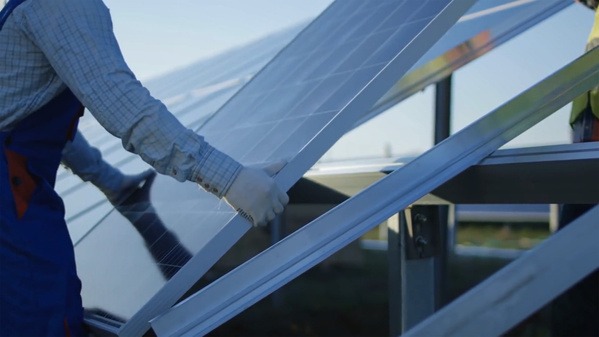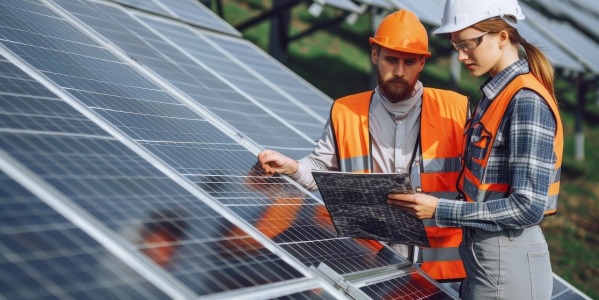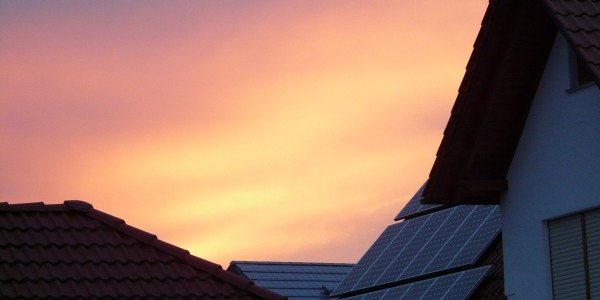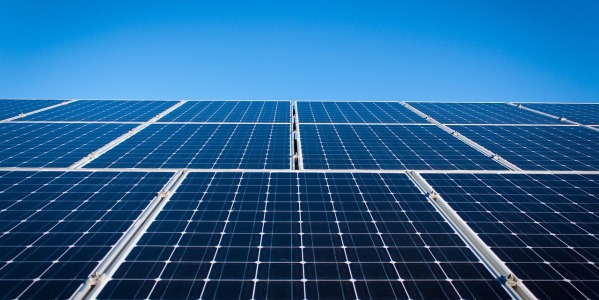- Redacción Varisolar
- Paneles Solares
- 0 likes
- 6798 views

How to size the peak power of panels?
To know how many solar panels you need in a photovoltaic installation, it is important to know how to size the peak power of panels.
In this post we are going to explain how to size the peak power of solar panels.
To know how many solar panels do you need in a photovoltaic installation, it is important to know how to size the peak power of panels. But first, we are going to explain what this term consists of and why it is so important to know how to calculate it.
What is the peak power of solar panels?
Peak power is the maximum power that a power supply can withstand for a short period of time, at STC (Standard Measurement Conditions).
This is a different term than continuous power, which in this case refers to the amount of power that the source can supply continuously.
Peak power will always be higher than continuous power, but it only lasts for a limited time.
Often we can find the term of peak power as kWp or Wp, which refers to the sum of the power of the panels (its nominal value according to the STC standard). The peak suffix is added, because the reality is that in our country we never reached the nominal power with the STC standard. Since our radiation and weather conditions are not so favorable.
When we generally talk about dry kW, we are referring to nominal inverter power, which is what really counts for legalization purposes and to mention the size of the installation.
The watt peak allows us to make a comparison between the outputs of photovoltaic panels from different manufacturers. This means that for the same surface area, the higher the Wp, the more efficient the panel will be.
On the other hand, knowing how to size the peak power of panels will also be essential for making the calculation and sizing of photovoltaic solar installations, depending on the performance that is needed.
It must be taken into account that the conditions of sunlight are decisive for this calculation.
Strategies for dimensioning the peak power of panels
In order to size the peak power of panels, we must know the following criteria and concepts.
Maximum charging power (charge controller case)
We have to know precisely what our maximum charging power is. To do this, we must know which charge regulator we are going to mount and if it is compatible with our battery. That is, that its maximum charging intensity is in the range of what the battery allows.
So, if everything is checked, we will have to multiply the voltage of the battery bank and the maximum intensity of our charge regulator.
For example, a 50A charge controller with a 24V battery bank will have a maximum charging power of 1200W.
It is true that solar panels never deliver their nominal power. Since this is reflected based on a test at 1000W/m2 of radiation and 25ºC of temperature called STC with direct radiation. The reality is that this does not happen and the maximum conditions make the panel perform at most 85% of its nominal value. Therefore, we can oversize the solar field between 5 and 20% more than this.
In this case, 1320W in panels would be a good option. Installing more panels is wasting investment.
Maximum consumption power (inverter-charger case)
When instead of a charge regulator we have an inverter-charger with direct connection to solar panels, this is capable of using solar energy directly to power its connected alternating current loads, therefore, it is possible to install a higher power solar field. The limitation is now imposed by the investor. That is, if we install a 3kW inverter, it does not make sense to install more than 3.6kW in solar panels by the same criteria as before.
Battery charge criteria
In points 1 and 2, the criterion has been to reach the maximum of what the electronic unit that we have allows. But it is not always necessary to go that high.
Another interesting criterion is to design the installation so that during half the day it charges the battery, and in the other half it is available for use during sunny hours.
Therefore, to carry it out we are going to determine the power that is necessary to charge the battery bank that we have in 4 hours.
The first thing is to know the bank that we are going to install, if it is lithium we will already have its size in kWh and apply the maximum discharge factor that is usually 80-90% and if it is lead, we will have to multiply its voltage by its Ah value (ampere-hours) and apply a maximum discharge intensity factor of 50-70%.
Thus, taking the case of a 10kWh lithium bank, if we want to charge it in four hours, we need a continuous power of 2500W. As we have said before, the panels do not deliver continuous power, but we do know that, during the 4 hours of maximum radiation, its value varies little because the solar angle is more or less similar.
So, we apply the same criteria as before, that is, 2750Wp can be a good option. Just as I have taken 4 hours, I can take less time (or more), but we have to take into account the limitation that we have of the maximum intensity that the battery supports when charging, that is, point number one.
Average energy need criteria
It is about, by calculation, knowing what our daily consumption will be (in terms of kWh). Either because we assume a reasonable value of what a normal home consumes (between 10 and 30kWh per day) or because we make an exhaustive sum of electrical appliance consumption.
So, it is as easy as assuming that the solar panels are going to have five nominal hours of daily production, which is a typical average annual value.
Although the panels produce energy throughout the day and in a variable way, talking about nominal hours is like making an energy equivalence as if the panels produced the same energy but at constant power (at the panel's nominal) for a certain time (nominal hours).
In this case, the calculation is to divide those 15kWh between the 5 nominal hours, and we will need 3kW in panels. In other words, with this simple calculation we will know that 3kW nominal panels will produce an average of 15kWh daily.
Varisolar, distributor of equipment for solar installations
In Varisolar You will find all the necessary components for your solar installation. In addition, we have a team of professionals who will advise you at all times on the products you need to supply your home, premises, caravan or ship with energy, depending on your needs.
Últimos artículos







